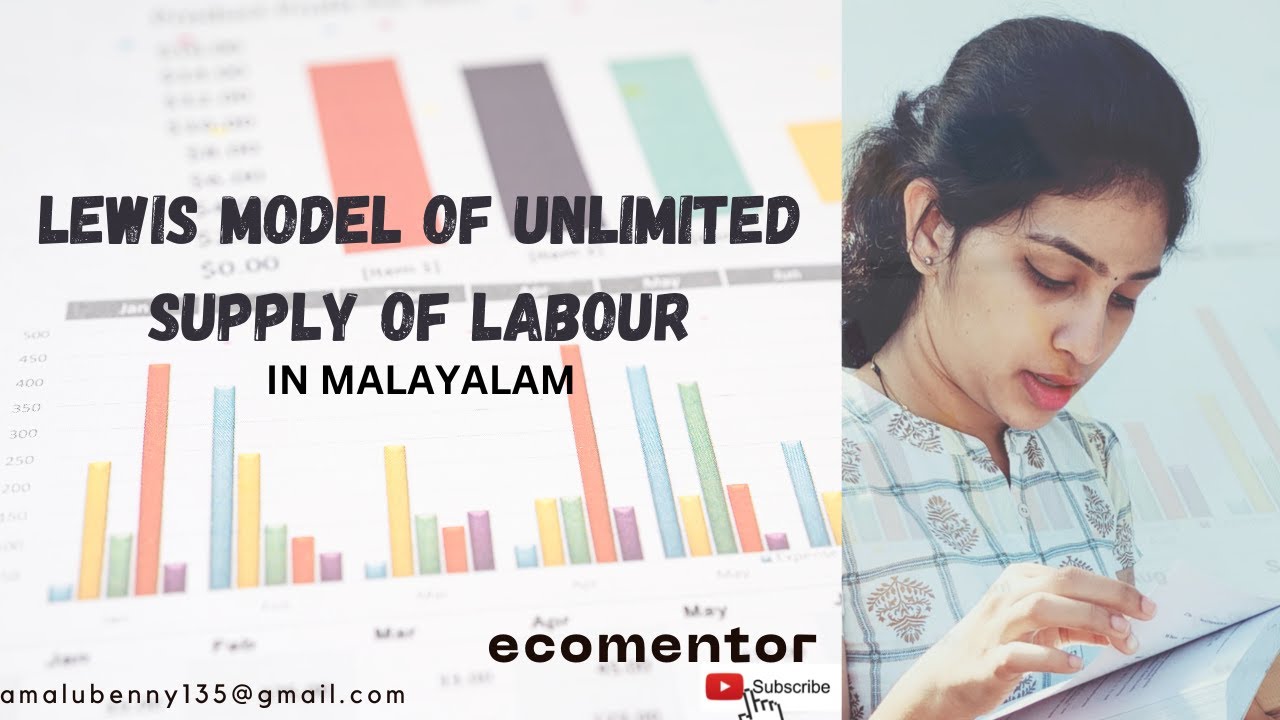Fei - Ranis Model of Economic Development
Summary
TLDRThis video discusses the Fe and Renis model of economic development, an improvement over the Lewis model. It emphasizes the crucial role of agriculture in fostering industrial growth by transferring surplus labor from agriculture to industry. The model is explained through three stages: zero marginal productivity in the first stage, positive but below-average productivity in the second, and high marginal productivity in the third. The discussion also critiques the model, highlighting issues like neglecting capital investment and the challenges of transforming agriculture into a commercial sector. Ultimately, the video offers insights into the model’s contributions and limitations in economic development.
Takeaways
- 😀 Fe and Renis Model improves upon Lewis's model by emphasizing the importance of the agricultural sector in driving industrial growth.
- 😀 This model suggests that increased productivity in the agricultural sector can stimulate growth in the industrial sector.
- 😀 The model divides the economy into two sectors: agriculture and industry, where land is fixed in agriculture, and surplus labor exists.
- 😀 Agriculture has more labor than needed, and without capital accumulation, the sector struggles to invest, which limits its growth.
- 😀 In the first stage of the model, the marginal productivity of labor is zero, indicating that additional labor does not contribute to production.
- 😀 In the second stage, marginal productivity is positive but still less than average productivity, suggesting that labor contributes but is paid more than its marginal value.
- 😀 During the third stage, the marginal productivity of labor exceeds the average, meaning labor contributes significantly, even when receiving lower wages compared to its marginal productivity.
- 😀 The transfer of labor from agriculture to industry increases industrial sector output without affecting agricultural output, fostering economic development.
- 😀 Industrial growth leads to higher wages, increased investment, employment, and income, which further stimulates economic growth.
- 😀 The model faces criticisms, such as ignoring the role of capital and international trade, as well as assuming constant labor supply in agriculture, which may not hold in the long term.
Q & A
What is the main improvement of the Fe and Ranis model over the Lewis model?
-The Fe and Ranis model improves upon the Lewis model by emphasizing the importance of the agricultural sector in promoting growth in the industrial sector, which the Lewis model did not sufficiently address.
What are the two sectors in the economy that the Fe and Ranis model focuses on?
-The Fe and Ranis model focuses on two sectors in the economy: the agricultural sector and the industrial sector.
Why is land considered constant in the agricultural sector according to the Fe and Ranis model?
-In the Fe and Ranis model, land is considered constant in the agricultural sector because it is fixed and cannot be changed or increased.
How does surplus labor in the agricultural sector affect productivity in the industrial sector?
-Surplus labor in the agricultural sector means that there is more labor than required, allowing for the transfer of labor to the industrial sector without affecting agricultural output. This helps increase industrial sector growth.
What happens to marginal productivity during the first stage in the agricultural sector?
-During the first stage, the marginal productivity of labor in the agricultural sector is zero, meaning additional labor does not contribute to production.
In which stage does the marginal productivity of labor start to increase in the agricultural sector?
-The marginal productivity of labor begins to increase during the second stage, though it is still less than the average productivity.
What does the third stage in the Fe and Ranis model signify for the agricultural sector?
-In the third stage, the marginal productivity of labor becomes very high, and labor contributes significantly to production. The agricultural sector transitions to a more commercial form, producing crops for sale rather than for self-consumption.
How does the Fe and Ranis model explain economic development?
-The Fe and Ranis model explains economic development as a result of the movement of surplus labor from the agricultural sector to the industrial sector, which increases industrial production, employment, income, and overall economic growth.
Why is capital accumulation not emphasized in the Fe and Ranis model?
-The Fe and Ranis model does not emphasize capital accumulation because it focuses on labor and land as the main determinants of output. It assumes that there is no significant investment in the agricultural sector, thus limiting capital accumulation.
What is the criticism of the Fe and Ranis model regarding capital and international trade?
-One criticism of the Fe and Ranis model is that it ignores the role of capital, which is also essential for economic growth. Additionally, the model assumes a closed economy, neglecting the impact of international trade on economic development.
Outlines

Esta sección está disponible solo para usuarios con suscripción. Por favor, mejora tu plan para acceder a esta parte.
Mejorar ahoraMindmap

Esta sección está disponible solo para usuarios con suscripción. Por favor, mejora tu plan para acceder a esta parte.
Mejorar ahoraKeywords

Esta sección está disponible solo para usuarios con suscripción. Por favor, mejora tu plan para acceder a esta parte.
Mejorar ahoraHighlights

Esta sección está disponible solo para usuarios con suscripción. Por favor, mejora tu plan para acceder a esta parte.
Mejorar ahoraTranscripts

Esta sección está disponible solo para usuarios con suscripción. Por favor, mejora tu plan para acceder a esta parte.
Mejorar ahoraVer Más Videos Relacionados

LEWIS MODEL OF UNLIMITED SUPPLY OF LABOUR IN MALAYALAM

Software Testing Tutorial #9 - V Model in Software Engineering

Understanding Curriculum Development - Tyler, Wheeler, and Taba Models Explained (5 Minutes)

V Shaped Model with examples | SDLC | Software Engineering

Lecture 11: Evolutionary Model

DeepSeek R1 ha un LINGUAGGIO SEGRETO? L’IA che si AUTOMIGLIORA da SOLA! 😱
5.0 / 5 (0 votes)
